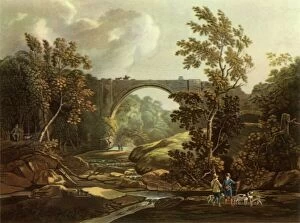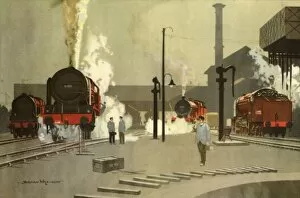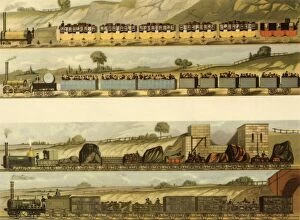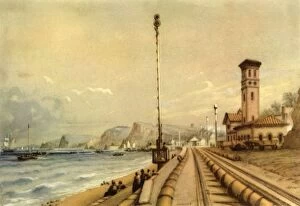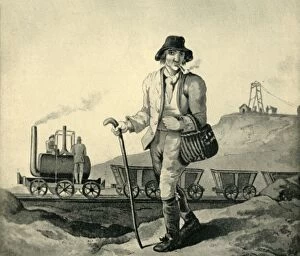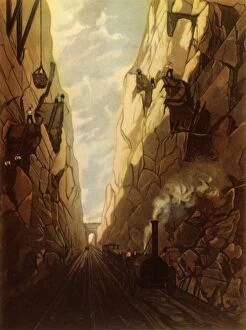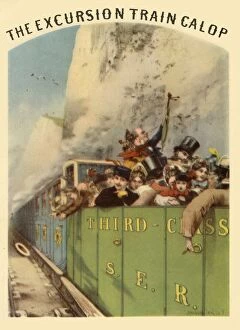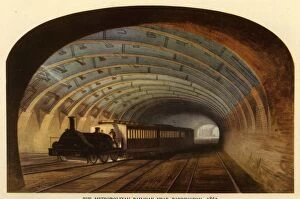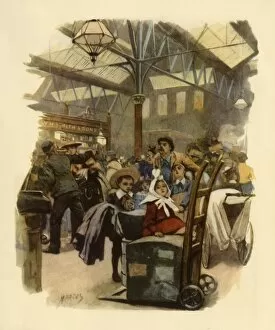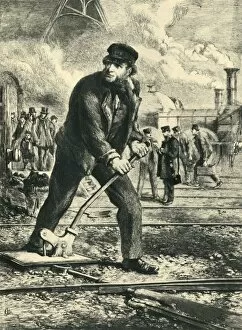Arthur Hallam Rice Collection
Arthur Hallam Rice was a passionate historian and railway enthusiast who dedicated his life to preserving the rich history of the British railway system
For sale as Licensed Images
Choose your image, Select your licence and Download the media
Arthur Hallam Rice was a passionate historian and railway enthusiast who dedicated his life to preserving the rich history of the British railway system. His extensive collection of vintage photographs, including iconic images such as The Tanfield Arch in 1804 and Olive Mount Cutting on the Liverpool and Manchester Railway in 1831, showcased the remarkable engineering feats that shaped modern transportation. Rice's collection also featured snapshots of everyday life around railways, like Camden Town Engine Sheds captured by Norman Wilkinson in c. 1935. These candid glimpses into the bustling world of locomotives provided a unique perspective on how railways influenced society. One notable photograph from Rice's archives depicted Travelling on the Liverpool and Manchester Railway in 1831, showcasing passengers experiencing this revolutionary mode of transport for the first time. Another intriguing image was The Atmospheric Railway at Dawlish taken in 1847, which highlighted an experimental method of propulsion using air pressure. Rice's passion extended beyond photography; he also collected memorabilia related to railways. One fascinating piece was The Excursion Train Galop sheet music cover from c1860, reflecting how trains became ingrained in popular culture during their heyday. Throughout his career, Rice celebrated key figures who contributed to railway development. He honored George Stephenson with a portrait dating back to c1849 and Richard Trevithick with another from c1816—both pioneers whose innovations propelled locomotion forward. In addition to documenting historical moments, Rice emphasized safety awareness within his collection through pieces like Mind Your Points (1867). This reminder served as a testament to his commitment not only to preserving history but also ensuring present-day rail operations remained secure for all passengers. Cannon Street Station captured around 1900 by Marcus showcased architectural beauty alongside functionality—a testament to how stations evolved over time while still serving their purpose efficiently. Arthur Hallam Rice's dedication ensured that future generations could appreciate and learn from Britain's rich railway heritage.

